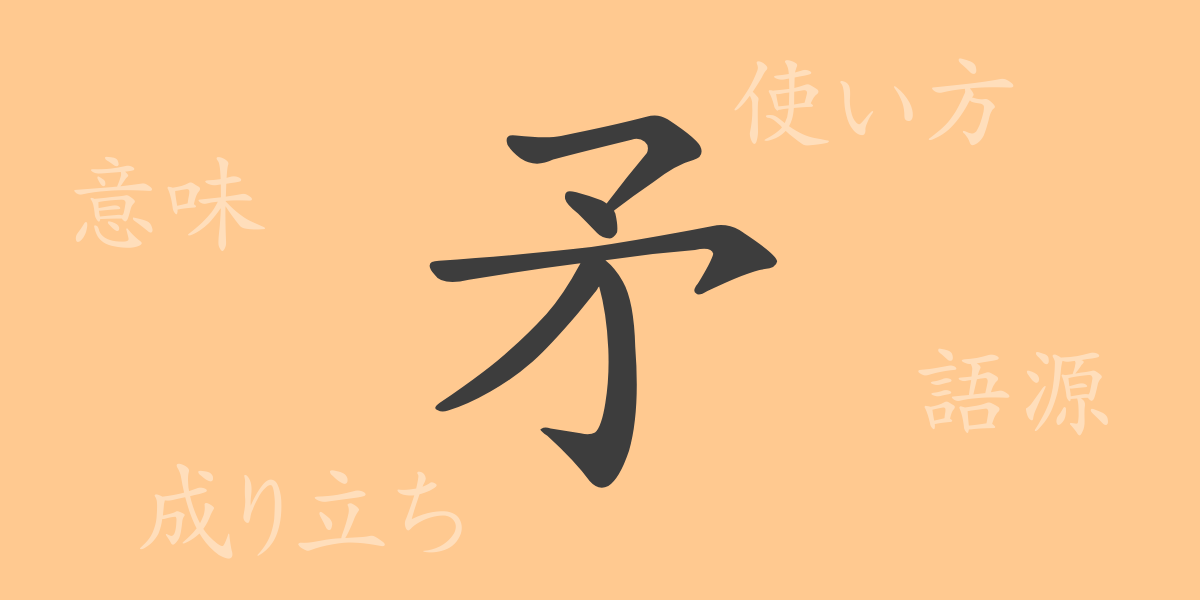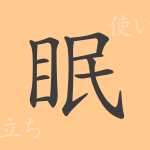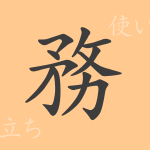Japanese written culture is profound, and among its many elements, 常用漢字 (Jouyou Kanji) are closely tied to the daily lives of the Japanese people. In this article, we spotlight one such 常用漢字 (Jouyou Kanji), “矛 (hoko),” and explore its origins, modern usage, idioms, and proverbs to uncover the rich world encapsulated in this single character.
Origins of 矛 (hoko)
“矛 (hoko)” is a character that refers to an ancient Chinese weapon, symbolizing a spear with a long handle and a blade at the tip. The etymology of this character is believed to be a pictograph of the actual spears used at the time the character was created. As an indispensable weapon in battles, this character has been widely known since ancient times and appears in many historical texts.
Meaning and Usage of 矛 (hoko)
Originally, “矛 (hoko)” was used to mean a weapon, but in modern Japanese, it is often used metaphorically. For example, the word 矛盾 (mujun), meaning “contradiction,” is used in contexts unrelated to direct combat. Additionally, it can be used as a metaphor for competition or attack.
Reading, Stroke Count, and Radical of 矛 (hoko)
The kanji “矛 (hoko)” has several readings in Japanese:
- Readings: In 音読み (on-yomi), it is read as “ム (mu),” and in 訓読み (kun-yomi), it is read as “ほこ (hoko).”
- Stroke Count: The kanji “矛 (hoko)” has a total of 5 strokes.
- Radical: The radical is “矛部 (mubu),” which is the radical for “hoko.”
Idioms, Common Phrases, and Proverbs Using 矛 (hoko)
There are numerous idioms, common phrases, and proverbs that include “矛 (hoko).” Here are a few examples:
- 矛盾 (mujun): Contradiction. Self-contradiction.
- 矛先 (hokosaki): The tip of the spear, which becomes the target of attack or criticism. Also, the attack or criticism itself.
- 盾突く (tate tsuku): To strongly oppose, as if thrusting a spear against a shield.
- 矛と盾 (mu to tate): Two opposing elements or their relationship.
Summary of 矛 (hoko)
The meanings encapsulated in a single kanji character have been passed down through generations in diverse forms. “矛 (hoko)” is one such character, where an ancient weapon has seamlessly integrated into our modern lives through language. Representing both a sense of history and the evolution of words, “矛 (hoko)” is a kanji that symbolizes the profound depth of the Japanese language.

























